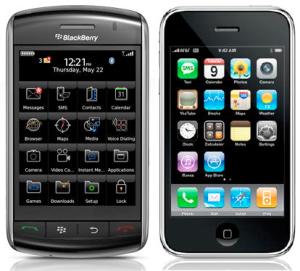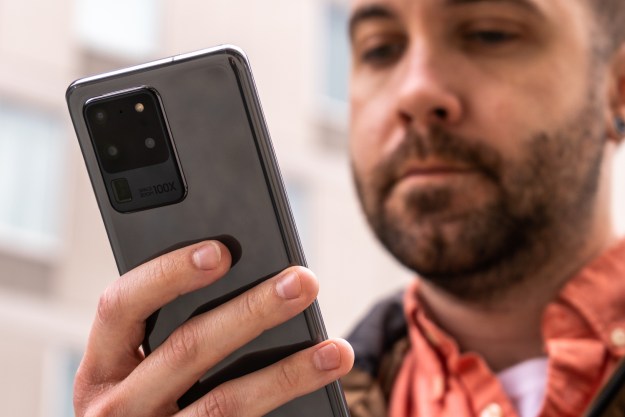
Media and market analysis firm comScore has released its numbers for the U.S. mobile phone market from October 2009 through January 2010, and the results show Android making a huge leap in the smartphone market, jumping from a 2.8 percent share of the smartphone market in October to 7.1 percent in January—that’s a net point change of 4.3 percent relative to the whole market, and a gain of over 150 percent compared to Android’s share in October. And Android’s gains seem to be coming largely at the expense of Microsoft’s Windows Mobile platform: over the same period, Windows Mobile lost 4 percent of the total market, dropping from 19.7 percent in October 2009 to 15.7 percent in January 2010.
Overall, comScore found the smartphone market leader remains Canada’s Research in Motion, which say the market share of its BlackBerry platform rise from 41.3 percent to 43.0 percent, a net gain of 1.7 percent. Apple came in number two, with the iPhone nudging up from a 24.8 percent share in October to a 25.1 percent share in January. Microsoft and Android took third and fourth place, respectively; Palm came in fifth with a net decline of 2.1 percent, dropping from a 7.8 share in October to a 5.7 percent share in January.
According to comScore, the U.S. smartphone market stood at about 42.7 million people on average from November to January, an 18 percent increase over the average from August to October 2009.
Declines in Windows Mobile and Palm device market share may have as much to do with product cycles as Android’s popularity: Windows Mobile 6.5 has long been due for a refresh—which Microsoft is bringing this year with the not-backward-compatible Windows Phone 7 Series—so users seeking a new device may be migrating to other platforms. Similarly, the decline in Palm’s share could be attributable to users trading up older Palm Centro and Treo devices for newer smartphones. Nonetheless, if Windows Mobile and Palm users are trading in for new devices…it’s clear they aren’t all going for new smartphones running Windows Mobile or Palm OS.
Editors' Recommendations
- How to reverse image search on Android or iPhone
- How to share Kindle books with family and friends
- How to play YouTube in the background on iPhone and Android
- How to tell if your smartphone has been hacked
- Samsung and Apple dominated the smartphone market in 2021


